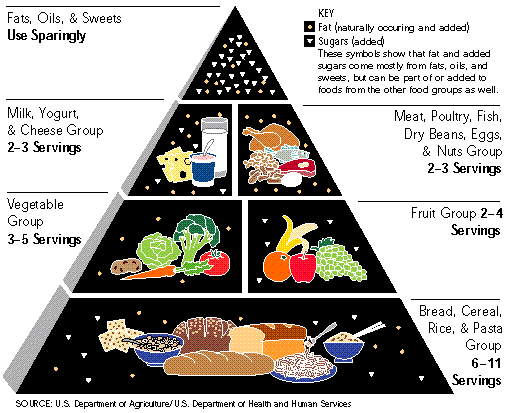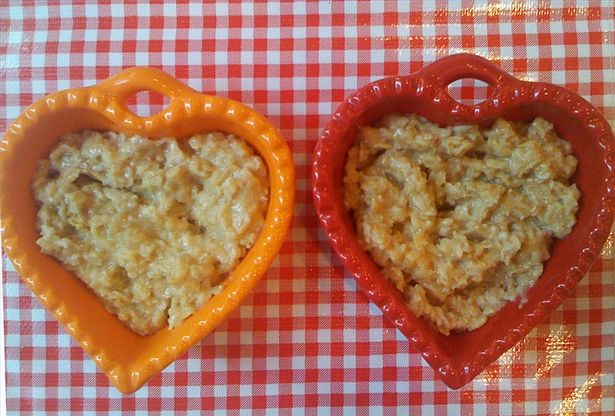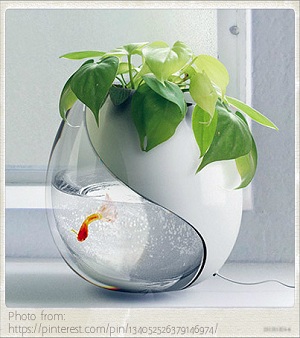Deep-frying involves the immersion of food in hot oil or fat to cook it to a crisp golden colour. Meat, fish and poultry are usually coated with crumbs or batter. The popularity of deep-fried food makes it a part of every catering operation. Since the development of good frying compounds and improved deep-fryer design, the responsibility rests with the cook to produce first-class deep-fried food.
Frying medium heated on top of the range in fritures should be discouraged because it is a safety hazard. An alternative is to use a bench-model fryer with a thermostatically controlled electric immersion element. The best fryers, however, are those which stand on the floor and have well positioned thermostats and controls. They should also have an insulated drain tap and a built-in receiver for the oil. This type of fryer is impossible to tip over, unlikely to overheat, and easy to maintain.
Thermostats
Thermostats are delicate calibrated instruments that may incorporate an on-off switch, but their main purpose is to set and maintain a maximum operation temperature. This temperature can be adjusted by the cook, according to the type of food to be fried and the frying medium being used. It must be understood that setting the thermostat at a high temperature will not make the oil heat faster. On the contrary, in a busy kitchen, the cook is likely to forget to reset it to the correct temperature, with the result that the oil overheats and becomes too hot for frying. When the thermostat calls for heat, all available energy is released into the fryer.
The amount of energy available is determined at the time of manufacture of the fryer and cannot be altered later. Therefore it is important to set the thermostat at the correct temperature and wait for the oil to reach the operating temperature you have set.
To Operate A Deep-Fryer
1.Make sure the drain tap is closed.
2.Place a quantity of frying medium (fat or oil) into the fryer and melt it on the coolest setting possible. Some fryers have a melt cycle. If the fryer is set at a high temperature, the fat or oil touching the heated surface will burn and break down before the rest of the fat is melted.
3.When the oil is melted, add more oil to fill the fryer to operating level as shown by a mark in the fryer. If the oil is already above this line, remove the excess. The pan should be half to two-thirds full.
4.Set the thermostat to operating temperature 170-190C.
5.When the temperature is reached, place the well-drained and dried food in a frying basket and immerse the basket gently. If the oil foams up, lift the basket for a moment and then immerse it again. Sometimes the food is placed directly in the oil, as in the case of food coated with batter. Lay the food onto the oil, passing your hand away from you so that any spatter will be toward the back of the fryer.
6.Turn the food with a spider, or shake the basket to aid even cooking.
7.When the food is golden brown, lift it, drain it over the fryer, and serve as soon as possible.
8.Don not allow the basket to drip oil on the floor.
9.Using a fat skimmer, at regular intervals skim off food particles left behind.
Next time I will run through some tips on how to take care of your frying medium, some essential safety, and the best way to prepare food for deep-frying.

 Introduction To Of Some Lower Cholesterol Foodstuffs
Cholesterol is a fat-like element contained in the physique
Introduction To Of Some Lower Cholesterol Foodstuffs
Cholesterol is a fat-like element contained in the physique
 The Simplest Way To Lessen Your High Cholesterol By Natural Means
High-cholesterol is a major variable inside the countrywide
The Simplest Way To Lessen Your High Cholesterol By Natural Means
High-cholesterol is a major variable inside the countrywide
 Starting Up An Aquaponics Set Up From See The Easy Way
Planting seeds in your aquaponics system can be a lot simpl
Starting Up An Aquaponics Set Up From See The Easy Way
Planting seeds in your aquaponics system can be a lot simpl